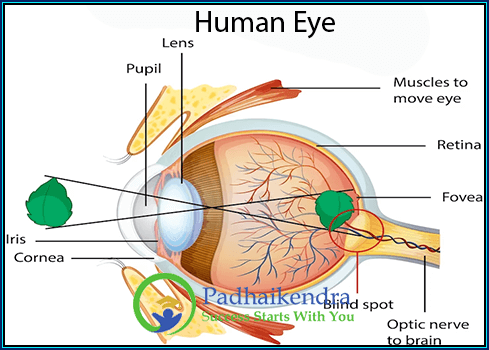Facts:
1. Albert Einstein was born in Ulm, Germany, on March 14, 1879.
2.His parents were Hermann Einstein and Pauline Koch, and he had one younger sister named Maja.
3.Einstein’s family was Jewish, and he attended a Jewish elementary school in Munich.
4.Einstein was a slow learner as a child, and he did not speak until he was three years old.
5.In 1905, Einstein published a series of papers that revolutionized the field of physics. These papers are known as his “annus mirabilis,” or “miracle year.”
6.One of the papers he published in 1905 was his theory of special relativity, which is based on the idea that the laws of physics are the same for all observers who are moving at a constant speed relative to each other.
7.Einstein’s famous equation, E=mc², relates mass and energy and is a consequence of his theory of special relativity.
8.Einstein won the Nobel Prize in Physics in 1921 for his work on theoretical physics, specifically his discovery of the law of the photoelectric effect.
9.In 1933, Einstein emigrated from Germany to the United States because of the rise of the Nazi Party.
10.Einstein was offered the presidency of Israel in 1952 but declined the offer.
11.Einstein was an advocate for pacifism and civil rights, and he spoke out against nuclear weapons.
12.Einstein died on April 18, 1955, at the age of 76, in Princeton, New Jersey.
Theories:
Albert Einstein is best known for his groundbreaking work in the field of physics, including his theories of relativity. Here are some of his most famous theories:
- Theory of Special Relativity: This theory, published in 1905, is based on the idea that the laws of physics are the same for all observers who are moving at a constant speed relative to each other. It also introduced the famous equation E=mc², which relates mass and energy.
- Theory of General Relativity: Published in 1915, this theory extends the idea of special relativity to include the effects of gravity. It proposes that space and time are not separate entities but are instead part of a single entity called spacetime, which is curved by the presence of matter and energy.
- Photoelectric Effect: Einstein’s work on the photoelectric effect, for which he was awarded the Nobel Prize in Physics in 1921, showed that light could be both a wave and a particle, known as a photon.
- Brownian Motion: In 1905, Einstein also provided an explanation for the random motion of particles in a fluid, known as Brownian motion, which had puzzled scientists for years.
- Unified Field Theory: Einstein spent much of his later career working on a unified field theory, which aimed to unite the four fundamental forces of nature: gravity, electromagnetism, and the strong and weak nuclear forces.
Overall, Einstein’s theories revolutionized our understanding of the universe and laid the foundation for many of the technological advancements of the 20th century.
Inventions:
Albert Einstein is widely known for his contributions to the field of theoretical physics and his revolutionary theories of relativity. However, he is not generally credited with any major inventions. This is because Einstein’s work was mainly focused on theoretical concepts rather than practical applications.
However, Einstein did make some important contributions to the development of modern technology. Here are a few examples:
- Einstein Refrigerator: In 1926, Einstein and his former student, Leo Szilard, patented a new type of refrigerator that did not require any electricity. The design was based on the principle of absorption refrigeration and used ammonia, water, and butane as the refrigerant.
- Atomic Bomb: Although Einstein did not invent the atomic bomb, his famous equation, E=mc², played a crucial role in its development. The equation showed that a small amount of mass could be converted into a massive amount of energy, which was key to the bomb’s destructive power.
- Gyroscope: Einstein’s theory of relativity predicted that a spinning object would drag spacetime around it, a phenomenon known as the “frame-dragging effect.” This effect has been used to develop high-precision gyroscopes for use in aircraft navigation and other applications.
Overall, while Einstein did not invent any specific gadgets or devices, his work has had a profound impact on modern technology and our understanding of the universe.




